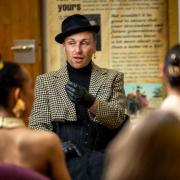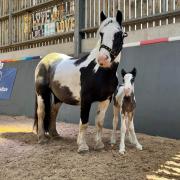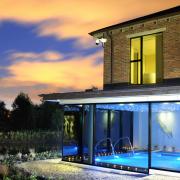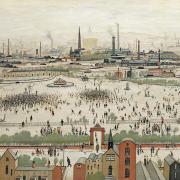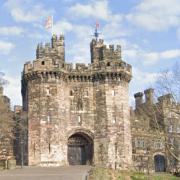Record-breaking hydroplane Bluebird K7 will return to the Lake District to go on permanent display, museum bosses have said.
Its pilot, Donald Campbell, died on January 4 1967 aged 45 when Bluebird flipped into the air and disintegrated as he attempted a new water speed record on Coniston Water.
In 2001 Campbell’s body, with his race suit intact, and the wreckage of Bluebird were recovered from the depths of the lake and he was buried later that year in Coniston.
Campbell’s family gave Bluebird as a gift to the Ruskin Museum in the village which his daughter, Gina, has described as his “spiritual home”.
However, the motorboat has been at the centre of a dispute involving North Shields-based engineer Bill Smith who recovered the wreckage.
Mr Smith and his team of volunteers at the Bluebird Project have been restoring the hydroplane in the hope of a homecoming return at speed on Coniston Water.
In August 2018, Bluebird – fitted with a new jet engine – hit speeds of around 150mph during successful tests and crew training on Loch Fad on the Isle of Bute in Scotland.
On Friday, the Ruskin Museum said in a statement: “The Ruskin Museum is delighted to announce that it has finally managed to secure the future of Donald Campbell CBE’s world record-breaking jet hydroplane, Bluebird K7.
“Bluebird K7 will return to Coniston in the coming weeks to be conserved and displayed in her forever home in the Bluebird Wing of the Ruskin Museum.
“We will issue further details of this exciting development when we have established a timetable for moving the boat to Coniston and installing her for display.”
Campbell broke eight world speed records on water and on land in the 1950s and 1960s.
In his fatal record attempt, the son of Sir Malcolm Campbell, who himself held land and water speed records, had set himself a target of reaching 300mph (480kph) on Coniston Water.












